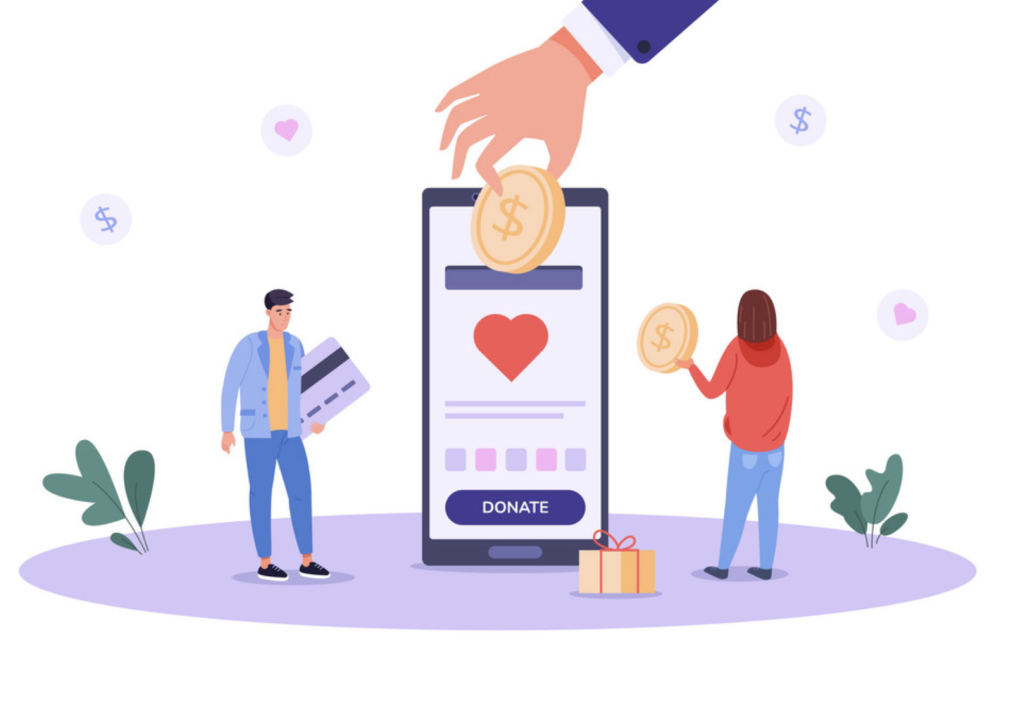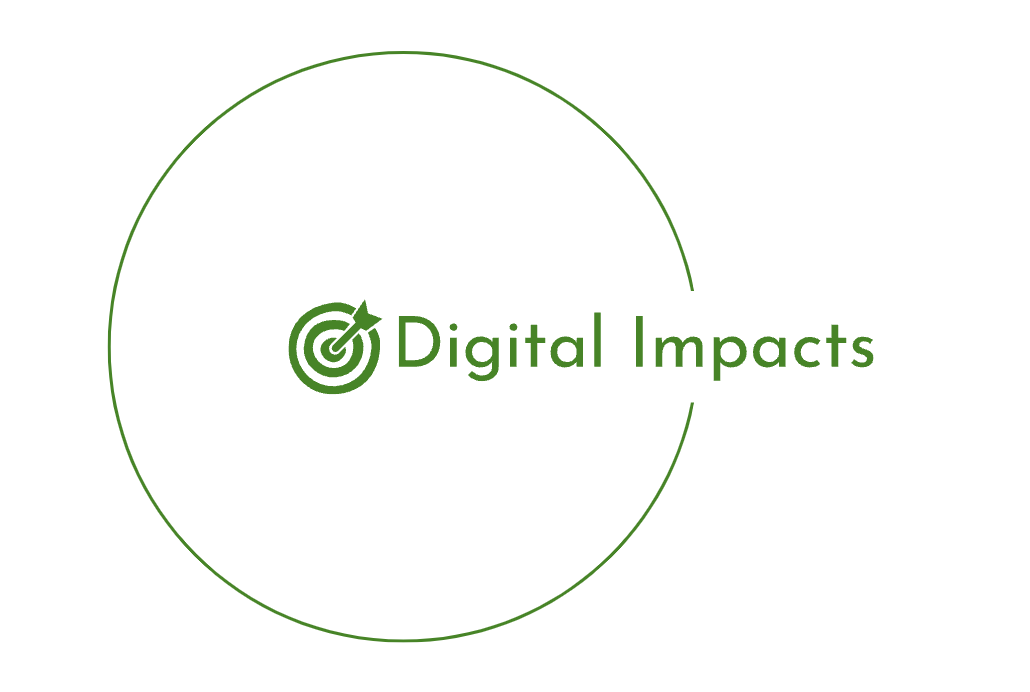In today’s digital age, nonprofits face a crucial challenge: engaging and attracting the next wave of donors. With Baby Boomers and Generation X gradually taking a step back, Millennials and Generation Z are becoming the primary sources of charitable donations. This shift offers both fresh opportunities and new challenges for nonprofits. Younger generations are more likely to support causes they are passionate about but have distinct expectations on how they interact with organisations. To effectively connect with these new donors, nonprofits need to utilise digital marketing techniques that resonate with their values and behaviours. We will delve into how digital marketing can effectively engage the upcoming generation of donors, especially through online donation platforms.

Understanding the Next Generation of Donors
It is essential to understand who the next generation of donors are and what it is that motivates them. Millennials and Generation Z, are the primary focus. These groups have grown up in a world where technology and digital communication has always been at their fingertips. They are accustomed to instant access to information, social media interaction, and online transactions.
Values-Driven Giving
One of the most defining characteristics of Millennials and Generation Z is their values-driven approach to giving. Unlike previous generations, who are more inclined to give to well-known organisations out of tradition, younger donors tend to be more selective. They choose to support causes that align with their personal values and beliefs. Issues such as social justice, environmental sustainability, and equality are particularly important to them. Nonprofits that wish to engage these donors must, therefore, clearly communicate how their work aligns with these values.
Preference for Transparency and Impact
Another critical factor for the next generation of donors is transparency. They want to know exactly how their donations are being used and the impact their contributions are making. This demand for accountability means that nonprofits are forced to go beyond traditional fundraising tactics and provide clear, measurable outcomes of their work. Digital marketing offers the tools and platforms to deliver this transparency effectively.
Digital Natives
Millennials and Generation Z are digital natives. They are comfortable with online interactions and expect seamless digital experiences. This includes everything from how they learn about a nonprofit to how they donate and engage with the cause. Nonprofits must prioritise digital channels in their marketing strategies to meet these expectations. This is where the integration of online donation platforms becomes crucial, as they provide the infrastructure for smooth, efficient, and engaging donation experiences.
The Role of Digital Marketing in Engaging the Next Generation of Donors
Digital marketing is a broad term that encompasses a wide range of strategies and tactics aimed at promoting a nonprofit’s mission, engaging with its audience, spreading awareness and driving donations. For nonprofits seeking to engage the next generation of donors, several key digital marketing strategies stand out.
1. Social Media Engagement
Social media is perhaps the most powerful tool when it comes to engaging younger donors. Platforms like Instagram, Twitter, Facebook, and TikTok are where Millennials and Generation Z spend much of their time. These platforms offer nonprofits the opportunity to connect with potential donors in a space they are already comfortable with and actively using.
Storytelling and Authenticity
Storytelling resonates with younger generations, particularly when it is genuine and accessible. Social media is a powerful tool for nonprofits to tell gripping real life stories about the people they help, the effects of their work, and the positive effects that contributors may have.They can share real life stories and examples that resonate with their donors. By using visuals, videos, and personal narratives, nonprofits can create content that resonates emotionally with their audience. Authenticity is key here; younger donors are quick to spot inauthentic and overly polished messaging, therefore it is crucial that nonprofits remain genuine in their communications.
Interactive Campaigns
Social media platforms such as tiktok are great for having interactive campaigns that encourage users to participate. For example, nonprofits can create challenges, share contests, or hashtag campaigns that invite users to get involved, share their stories, or spread the word about the cause. These types of campaigns are very successful in increasing engagement and also build a sense of community among supporters, which is crucial for fostering long-term relationships with donors.
2. Content Marketing
Content marketing involves creating and sharing valuable, relevant content to attract and engage a target audience. For nonprofits, this means producing content that educates, informs, and inspires potential donors.
Educational Content
Younger generations want to be educated about charities they decide to donate to. They are likely to research a cause before committing to it, which means nonprofits have an opportunity to educate them about their mission and the issues they are addressing. Blogs, articles, infographics, and videos are great examples that provide in-depth insights into the nonprofit’s work and can help build trust and credibility amongst donors. Nonprofits can attract donors who are passionate about the cause and eager to learn more and contribute.
Visual and Video Content
Visual content, particularly videos, is highly effective in capturing the attention of younger audiences. Videos that showcase the impact of donations, feature testimonials from beneficiaries, or provide behind-the-scenes looks at the nonprofit’s operations can be particularly compelling. Platforms like YouTube, Instagram, and TikTok are ideal for sharing this type of content. Nonprofits should also consider live streaming events or Q&A sessions to engage with their audience in real time.
SEO and Content Distribution
For content to be effective, it needs to be discoverable and easy to reach. Search engine optimization (SEO) ensures that the nonprofit’s content appears in search results when potential donors are looking for information related to the cause. Additionally, distributing content through email newsletters, social media, and other channels helps to reach a wider audience. Nonprofits should have a content distribution strategy in place to ensure that their message gets in front of the right people at the right time, ensuring the best possibility of donations
3. Online Donation Platforms
One of the most critical components of engaging the next generation of donors is providing a seamless, user-friendly donation experience. This is where online donation platforms play a crucial role. These platforms not only facilitate the donation process but also offer features that enhance donor engagement and retention.
Digital Impacts
Digital Impacts specialises in helping nonprofits maximise the potential of online donation platforms. By securing $10,000 in monthly Google Ad Grants for nonprofits, Digital Impacts ensures that your organisation’s donation pages are seen by the right audience. They create and optimise campaigns to drive traffic to your website. Their expertise in managing these ads means that your campaigns are optimised for maximum reach and conversion, driving more donors to your online donation platforms and ultimately increasing the number of contributions. With Digital Impacts, nonprofits can confidently navigate the digital marketing landscape, knowing they have a partner dedicated to their success.Their team of experts make sure that nonprofits maximise the benefits of the Google Ad Grant.
Digital Impacts Book a call – Digital Impacts
Seamless User Experience
Younger donors value a smooth and stress-free experience when donating online. Platforms like PayPal and GoFundMe offer user-friendly interfaces that simplify the donation process. Nonprofits should ensure their donation pages are also optimised for mobile devices, as many younger donors are more likely to donate via their phone.
Recurring Donations
Many online donation platforms offer options for recurring donations, allowing supporters to make automatic contributions monthly or annually. This feature appeals to younger donors who might prefer to spread their contributions over time rather than giving a large sum all at once. Recurring donations help nonprofits maintain a steady and reliable flow of funds, making them a crucial part of any effective digital fundraising approach.
4. Email Marketing
While social media often takes the spotlight, email marketing remains a highly effective tool for engaging donors, including younger generations. Email allows nonprofits to communicate directly with their audience, providing personalised content that aligns with their interests and values.
Segmentation and Personalisation
One of the key advantages of email marketing is the ability to segment your audience and tailor your messages accordingly. Nonprofits can segment their email lists based on factors such as donation history, event attendance, or specific interests. This allows for personalised messaging that resonates with each segment. For example, new donors might receive a welcome series that introduces them to the nonprofit’s work, while long-time supporters might receive updates on the impact of their contributions.
Impact Reporting and Transparency
Younger donors, as mentioned earlier, value transparency and want to see the impact of their donations. Email is an excellent channel for providing this information. Regular updates that include stories, statistics, and visual content demonstrating the nonprofit’s impact can help build trust and loyalty. Donors who feel informed and appreciated are more likely to continue supporting the cause.
5.Mobile Optimization
As mobile usage continues to rise, particularly among younger generations, it’s essential that nonprofits optimise their digital presence for mobile devices. This includes everything from having a mobile-responsive website to ensuring that emails and donation pages are easy to navigate on a smartphone.
Mobile-Responsive Websites
A mobile-responsive website adjusts its layout and content to fit the screen size of the device being used. This ensures that users have a positive experience whether they are browsing on a desktop, tablet, or phone. For nonprofits, this is crucial because younger donors are likely to interact with their website on mobile devices. A poor mobile experience can lead to frustration and lost donations, so it’s essential to prioritise mobile optimization.
Mobile Donation Options
In addition to having a mobile-responsive website, nonprofits should offer mobile-friendly donation options. This includes integrating with mobile payment systems like Apple Pay, Google Wallet, or PayPal, which allow users to donate with just a few taps. The easier it is for donors to contribute via their mobile devices, the more likely they are to complete the transaction.
To effectively engage the next generation of donors, nonprofits need a thoughtful approach that taps into the digital tools and platforms these younger individuals already use. By gaining insight into their values, preferences, and behaviours, nonprofits can develop digital marketing strategies that truly connect with Millennials and Generation Z. Organisations that adopt these strategies will be better equipped to attract and maintain younger supporters, ensuring their mission continues to thrive and expand. Connecting with this new donor base is crucial for making a lasting impact. By meeting donors online and building genuine relationships, nonprofits can drive their mission forward and foster positive change.
